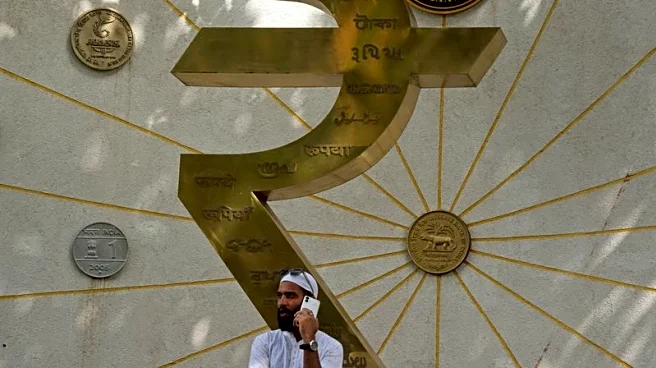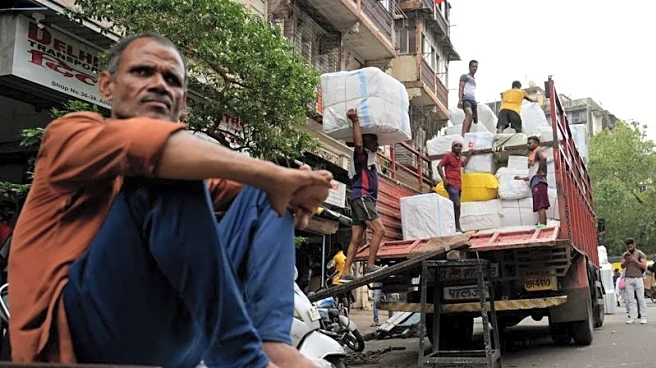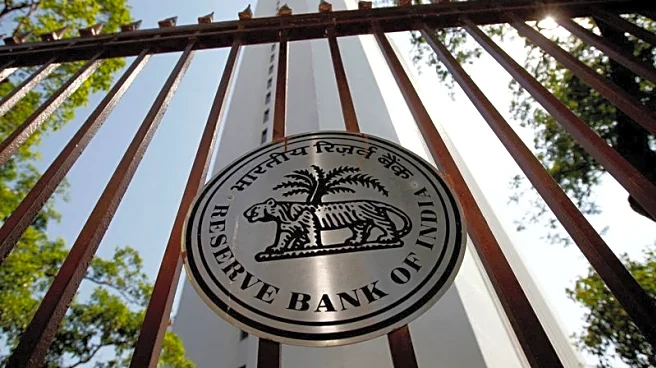By Nimesh Vora
MUMBAI (Reuters) -The Indian rupee is likely to remain under stress on Monday after falling past the 88-per-dollar barrier last week, with traders saying the move has emboldened speculators to press harder against the currency and keep downside risks alive.
The 1-month non-deliverable forward suggests the rupee will open little changed from 88.1950 on Friday, when the currency sank to a record low of 88.3075.
The rupee's slip past 88 on Friday surprised most market participants, who had
expected the Reserve Bank of India to step in more forcefully following the imposition of additional U.S. tariffs last week.
One banker said the RBI may have opted against defending the 88 level too aggressively in the wake of heavy equity outflows and dollar demand from speculators. Another suggested the central bank may have been signalling that it would not defend particular levels at any cost.
Nearly $950 million of equity sales by foreign investors on Friday, coupled with heavy importer and speculative dollar demand, plus "macro considerations" may have led the RBI to allow the rupee to drop past 88, a senior treasury official at a mid-sized private sector bank said.
With the breach behind it, the risk-reward on the rupee is now decisively skewed to the downside, he said.
"The next focus for markets is identifying the level where the RBI signals it will not tolerate further losses."
Meanwhile, India’s June-quarter GDP beat forecasts, though traders said the surprise is unlikely to aid the rupee.
Madhavi Arora, lead economist at Emkay Global, said the upside reflected exceptionally soft deflators, front-loaded government spending and pre-tariff export frontloading, warning these supports may reverse in coming quarters.
ASIA WEAK
Most Asian currencies weakened at the beginning of the week, offering little support to the rupee. The focus this week is on a raft of U.S. labour data that will guide expectations for how deep the Federal Reserve cuts rates this year.
Investors will parse U.S. job openings and private payrolls before Friday’s critical nonfarm payrolls data.
(Reporting by Nimesh Vora; Editing by Mrigank Dhaniwala)













